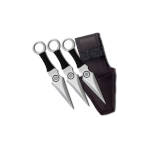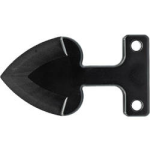Sharp Safety from TBOTECH
Stay safe with self-defense knives from TBOTECH. Tactical, concealed, throwing, and plastic blades offer reliable protection—perfect for any situation. Fast shipping!
Why TBOTECH? 90-Day Money-Back Guarantee | Free Shipping Over $50 | Trusted by Thousands




